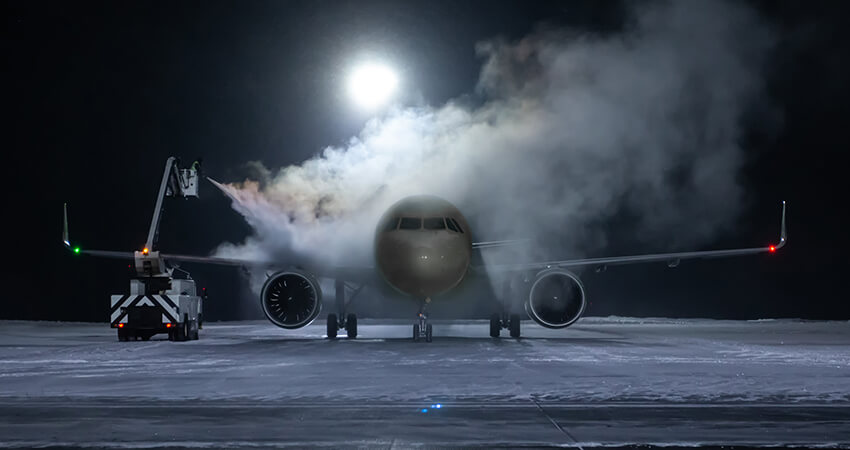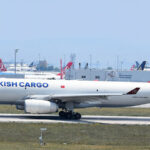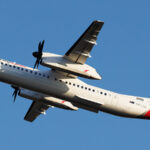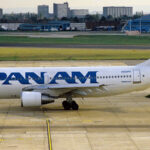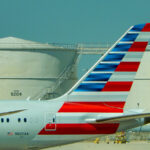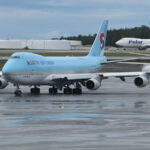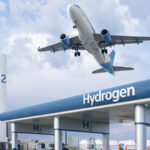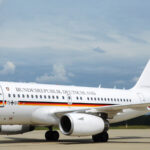The aircraft deicing process is essential to ensure the safety of flights, especially during extremely cold weather. During winter seasons, it is common to see mechanics spraying a misty fluid on the plane before takeoff.
This scene is repeated across hundreds of airports, especially in the Northern Hemisphere, where the world’s busiest airports are located. Many of them are situated in areas with very low temperatures, requiring routine tasks to operate in adverse weather conditions.
The Risk of Frozen Planes
The deicing process, also known as aircraft deicing, involves removing snow, ice, or frost from the surface of an aircraft. Planes are designed to fly with clean surfaces, and during the coldest periods of the year, the accumulation of icy materials can disrupt airflow and interfere with a safe takeoff.
Additionally, the ice or snow buildup poses another significant risk: additional weight. Indeed, this solid-state water can lead to a danger for the aircraft, which could become unbalanced by losing a block of ice. Moreover, it could damage the aircraft itself or pose a safety hazard to people or infrastructure on the ground.
For all these reasons, deicing is a crucial process that all airlines must carry out. In many areas, such as the United States, deicing may be a necessary precaution for about three-quarters of the year.
What is Used to Deice Aircraft?
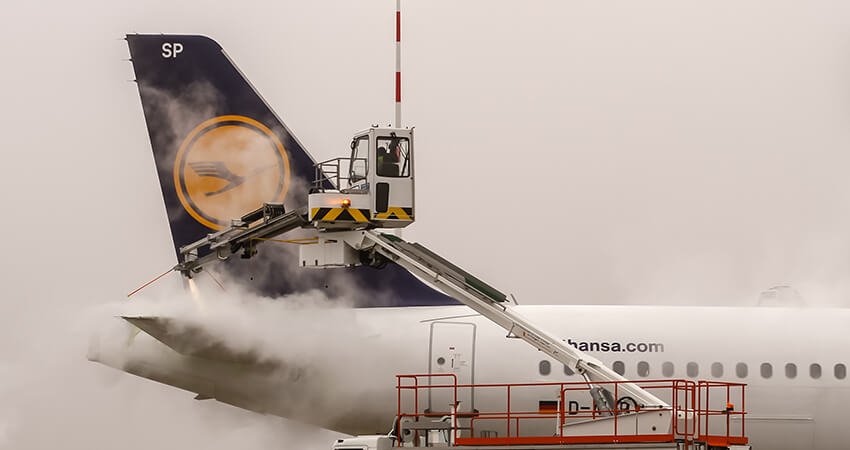
Deicing fluid is a glycol-based substance sprayed on an aircraft during typical deicing processes. These fluids are sprayed hot, and there are mainly four types:
Type I: Mixed with water in almost equal proportions, for low viscosity. It is sprayed hot at high pressure to quickly remove ice, usually dyed orange.
Type II: Mixed with 25% water, it has a gelatinous consistency. This fluid is applicable for both deicing and protection to prevent ice formation. It is typically transparent or translucent.
Type III: Intermediate between the previous types.
Type IV: Undiluted with water, pure and highly viscous. It is mainly used for preventing ice formation and is often dyed emerald green.
Generally, Type I fluid is used first, sprayed at a temperature of over 60 degrees Celsius, using specialized deicing vehicles. The areas treated with this fluid include the upper centerline of the fuselage, wings, and horizontal stabilizers.
After deicing, ground crews can apply an anti-icing fluid to the aircraft. This helps prevent future ice accumulations while the aircraft is on the ground. When an aircraft accelerates for takeoff, the anti-icing fluid naturally sheds off, leaving a clean surface for proper flight.
Manual Deicing of an Aircraft
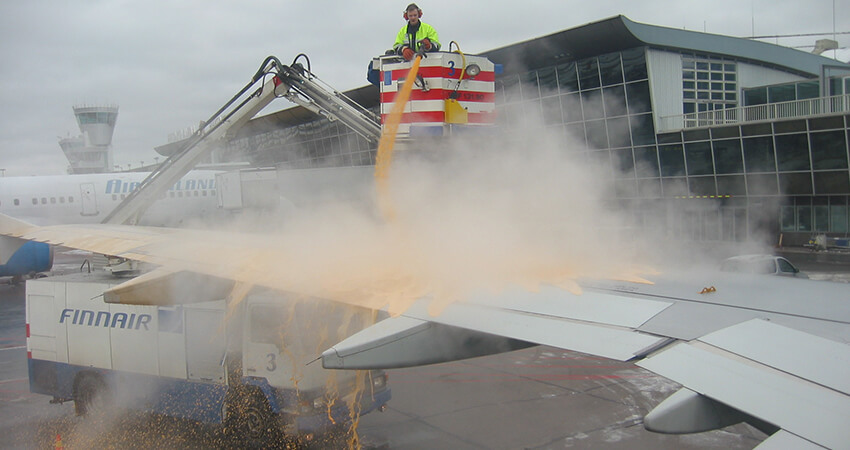
Another widely used method is manual deicing. This involves mechanical movements, such as pushing or scraping, with appropriate tools for the task. It is ideal for smaller aircraft or when the aforementioned fluids are not available.
The Federal Aviation Administration (FAA) of the United States recommends performing such actions with tools like brooms, brushes, wing/propeller covers, or air blowers. Additionally, the use of hot water can be effective, ensuring that it (and the abrupt temperature change) does not damage the aircraft.
Although the manual process can be highly effective for removing residues, mechanics or personnel performing it must exercise great care. Beyond their safety, there is a significant risk that, during the action, ice or frost may be introduced into some kind of space or cavity within the aircraft.
In-Flight Deicing Systems
Aircraft are equipped with systems that prevent ice accumulation during operation. Therefore, modern jet aircraft often have installed systems that distribute engine heat throughout the aircraft via air ducts to maintain surfaces at a temperature that prevents damage to the plane.
There are also other systems, involving small rubber covers or balloon-like structures that inflate during flight and break ice plates that may form.
The Challenge of Sustainability
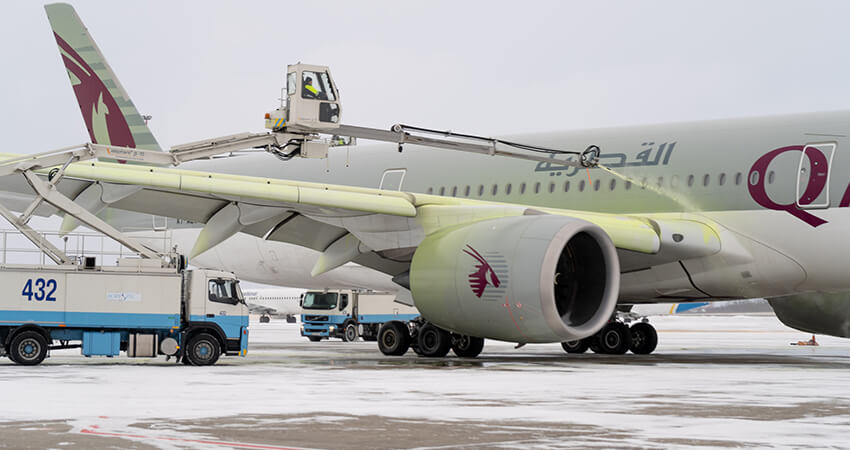
Despite the effectiveness of modern deicing methods, this process still presents challenges, especially regarding the use and reuse of fluids. In addition to the cost of using them only once, deicing liquids have negative environmental qualities. These contaminants can spread into surface waters and harm the ecosystem. Scientists are researching to find non-toxic alternatives to glycol so that these processes are less harmful to the environment.
One such project is the aircraft deicing system from Invercon-NEI, which developed a hybrid mechanism It involves a kind of anti-icing coating that creates a lubricating surface, reducing the ice adhesion effectiveness. This coating can be applied to existing aircraft through spraying and would reduce the occasions when glycol fluids are needed.
